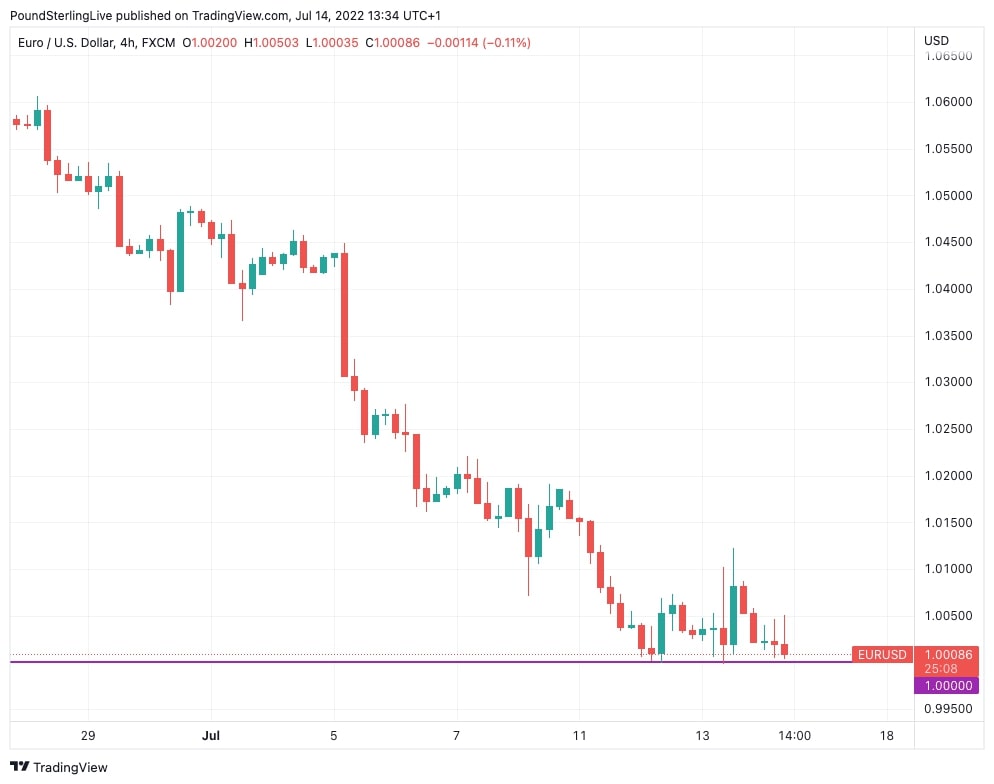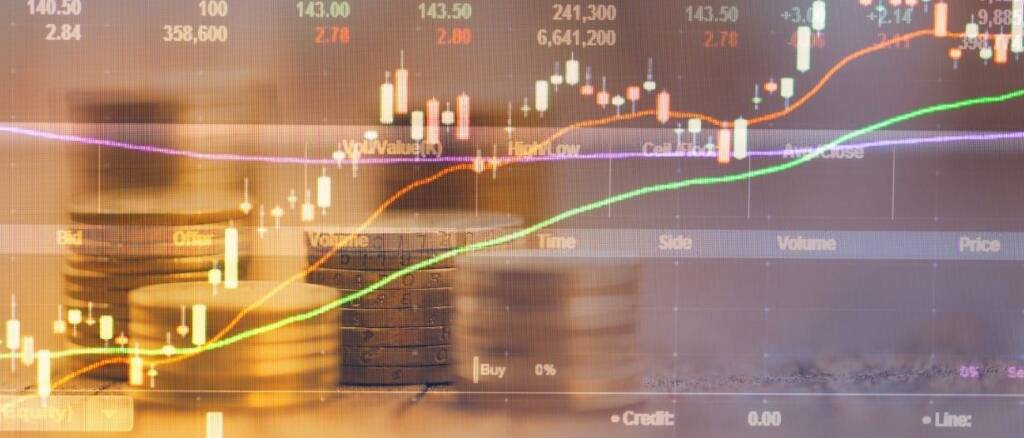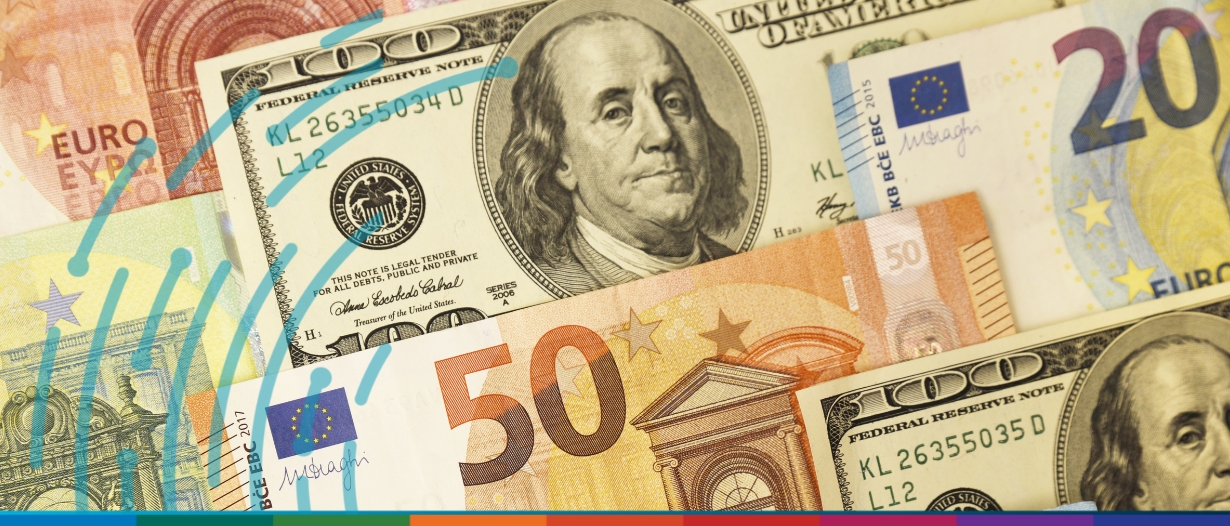For the third day in succession, a test of the psychologically important parity level in Euro-Dollar is underway, but a significant layer of options barriers could yet mean the exchange rate closes above this level again.
The Euro has fallen significantly over recent days as fears grow Russia will stop gas flows to the Eurozone economy altogether this month, drawing question marks over the European Central Bank’s ability to raise interest rates beyond September.

The Dollar is meanwhile in a protracted uptrend that sweeps aside all others courtesy of its unrivaled global liquidity and the safe-haven status this bestows.
Yet despite the strong fundamental narratives at play the Euro has held above 1.0, largely as a result of the layers of options orders and speculative activity dips are attracting.
Charts show the Euro to Dollar rate reached a low of 1.00 on Tuesday, 0.9999 on Wednesday, and Thursday’s low is currently at 1.0005, highlighting the strong support the Euro is finding here.
“The mother of all battles is still raging for control of that level, which is acting like a magnet both for buy and sell orders, with massive options expiries distorting the field. Whether it holds might ultimately depend on the path of energy prices, and whether Russia really cuts off the gas to Europe next week,” says Marios Hadjikyriacos, Senior Investment Analyst at XM.com.
Fawad Razaqzada, Market Analyst at City Index, says he is expecting to see further rebounds as speculators either take profit on their shorts, or opportunistic bullish traders look for “one-shot-one-kill” types of bounce trades every time we get close to parity.
“There will be a lot of speculators looking for a EUR/USD bounce around parity,” he says.
Technical speculation, therefore, appears to be a primary source of support for the Eurozone’s single currency at present.
Whether or not the Euro eventually falters could ultimately depend on how Russia plays its hand on gas supplies to the Eurozone.
The Euro’s initial test of parity in the past week was linked to the admission by German and French economy ministers that Russia might not reopen the Nord Stream 1 gas pipeline at the end of the current scheduled maintenance period.
The pipeline was shut on Monday and is due to reopen on July 21, but German Economy minister Robert Habeck said he was concerned Russia’s president Vladimir Putin could use the opportunity to stop deliveries completely under some technical pretext.
“Let’s prepare for a total cut-off of Russian gas; today that is the most likely option,” French Economy Minister Bruno Le Maire said on Monday.
July 21 could therefore be a crucial one in the Euro’s calendar.

“On our metrics, EUR/USD could fall another 5% if European growth expectations moved to our “severe downside” scenario of a complete disruption of Russian gas flows and the associated production shut-ins,” says Michael Cahill, an economist at Goldman Sachs.
Goldman Sachs economists think that while an U.S. recession would probably be fairly shallow, a complete halt of gas flows in Europe could result in a much more significant decline in Euro area GDP.
And once the big options levels layered around 1.0 are cleared there could be a sizeable drop in the exchange rate, according to analysts.
“Psychological levels play a major role in FX markets – and no doubt amongst policymakers and the electorate alike. Just look at the way USD/CHF fell 5% within a week of touching highs of 1.00 both in May and June,” says Chris Turner, Global Head of Markets and Regional Head of Research for UK & CEE at ING Bank.
 Australia
Australia Hong Kong
Hong Kong Japan
Japan Singapore
Singapore United Arab Emirates
United Arab Emirates United States
United States France
France Germany
Germany Ireland
Ireland Netherlands
Netherlands United Kingdom
United Kingdom










Comments are closed.